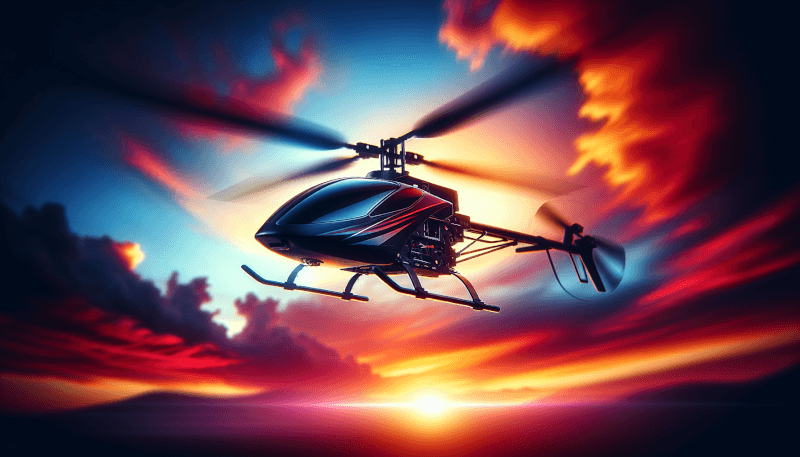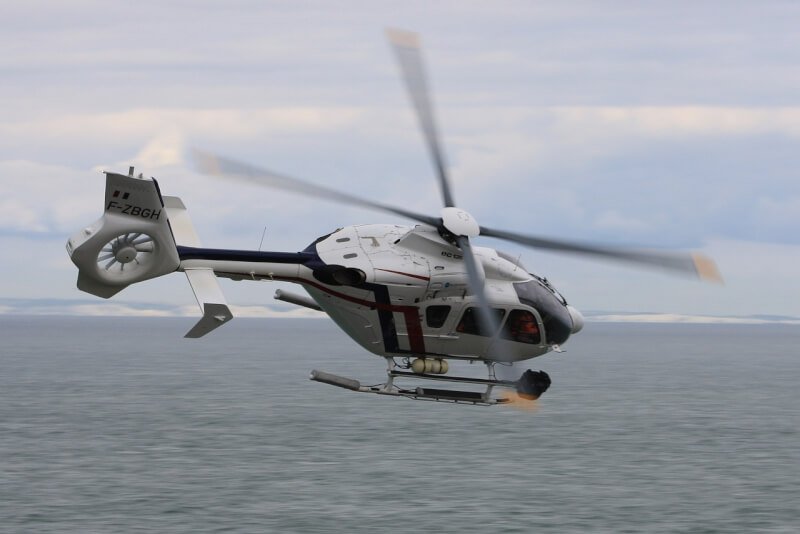Are you ready to take your RC helicopter flying skills to the next level? Look no further than “The Ultimate Guide to Flying Your RC Heli Like a Pro.” This comprehensive guide will arm you with all the knowledge and techniques you need to soar through the skies with confidence and finesse. From mastering the controls to executing impressive maneuvers, this guide has got you covered. Whether you’re a beginner or an experienced pilot, get ready to unlock the secret to becoming a true RC heli pro. Let’s get started!
Choosing the Right RC Heli
Understanding the Different Types of RC Helis
When it comes to choosing the right RC heli, it’s important to understand the different types available. There are several options to consider, each with its own unique features and capabilities. The most common types of RC helis include fixed-pitch, collective-pitch, and coaxial helis.
Fixed-pitch helis are a great choice for beginners. They are easier to control and handle, making them ideal for learning the basics of flying. Collective-pitch helis, on the other hand, offer more maneuverability and control. They are commonly used by more experienced pilots who want to perform advanced aerobatic maneuvers. Finally, coaxial helis have two sets of counter-rotating blades, which provide increased stability and make them a popular choice for indoor flying.
Considerations for Beginners
If you’re a beginner in the world of RC helis, there are a few important factors to consider before making your purchase. Firstly, it’s crucial to choose a heli that is specifically designed for beginners. These helis typically have features like stability mode and self-leveling, which make them easier to fly and minimize crashes.
Another consideration is the size of the heli. Smaller helis are generally more agile and easier to maneuver, making them a good choice for beginners. Additionally, it’s important to consider the availability and cost of spare parts for your chosen heli. Crashes are inevitable, especially for beginners, so having easy access to spare parts is crucial.
Factors to Consider for Advanced Flyers
If you’re an advanced flyer looking to expand your skills, there are a few factors to consider when choosing an RC heli. Firstly, you’ll want to look for a heli that offers advanced flight modes and customizable settings. These features will allow you to fine-tune your heli’s performance and push the limits of your flying abilities.
Additionally, consider the heli’s power system. Advanced helis often require more powerful motors and batteries to handle the demands of aggressive flying. Look for helis that offer brushless motors and high-capacity batteries for optimal performance.
Lastly, consider your budget. Advanced helis often come with a higher price tag due to their advanced features and capabilities. Set a budget that aligns with your needs and preferences, and choose a heli that offers the best value for your money.
Assembling and Preparing Your RC Heli
Unboxing and Inventory Check
Once you have chosen the right RC heli for you, it’s time to start assembling and preparing it for flight. Begin by carefully unboxing the heli and laying out all the components. Take the time to check that you have received all the necessary parts and that they are in good condition.
Make sure to read the instruction manual that came with your heli, as it will guide you step-by-step through the assembly process. Pay close attention to any special instructions or precautions provided by the manufacturer.
Properly Charging the Batteries
Before taking your RC heli for its maiden flight, it’s important to properly charge the batteries. Most RC helis come with rechargeable batteries, and it’s crucial to follow the manufacturer’s instructions for charging them.
Ensure that you have a compatible charger and connect the battery or batteries to the charger according to the instructions. Never leave the batteries unattended while charging, and always charge them in a well-ventilated area away from flammable materials.
Configuring the Transmitter
Once your heli is assembled and the batteries are charged, it’s time to configure the transmitter. The transmitter is the handheld device that you use to control the heli, and it needs to be properly set up before you can start flying.
Refer to the instruction manual for your specific transmitter to learn how to bind it to your heli and set up the necessary controls. Take your time to familiarize yourself with the buttons and switches on the transmitter and make any necessary adjustments to suit your preferences.

Mastering RC Heli Controls
Understanding the Basic Controls
Before taking off, it’s important to understand the basic controls of your RC heli. The controls typically consist of four main inputs: throttle, cyclic, collective pitch, and rudder.
The throttle controls the heli’s altitude, with an increase in throttle causing the heli to rise and a decrease causing it to descend. The cyclic, controlled by the two sticks on the transmitter, adjusts the heli’s pitch and roll, allowing it to move forward, backward, left, and right.
The collective pitch controls the heli’s blade pitch, which affects the amount of lift generated by the rotor blades. Lastly, the rudder controls the tail rotor, which allows the heli to rotate around its vertical axis.
Mastering the Dual-Stick Transmitter
The dual-stick transmitter is the most common type of transmitter used for RC helis. It consists of two sticks, with the left stick controlling the throttle and rudder and the right stick controlling the cyclic and collective pitch.
To master the dual-stick transmitter, practice slowly and gradually increasing your throttle while maintaining control of the heli. Start with small movements of the cyclic and practice hovering in one spot before attempting more advanced maneuvers.
Take the time to familiarize yourself with the different trim controls on the transmitter, as they allow you to fine-tune the heli’s responsiveness and stability.
Getting Familiar with Trim Controls
Trim controls are used to make small adjustments to the heli’s control surfaces, such as the main rotor or tail rotor, in order to achieve optimal flight performance. Each control surface has its own set of trims, which can be adjusted incrementally to compensate for any imbalances or deviations.
To get familiar with trim controls, start by flying your heli in a controlled and stable manner, and notice any tendencies or drifts. Use the trim controls to make subtle adjustments and bring the heli to a more balanced state. Keep in mind that trim adjustments may need to be made periodically as the heli experiences wear and tear.
Exploring Advanced Flight Modes
Once you have mastered the basic controls and are comfortable flying your RC heli, it’s time to explore advanced flight modes. These modes, usually available on more advanced helis, offer additional features and capabilities that can enhance your flying experience.
Examples of advanced flight modes include 3D mode, which allows for extreme aerobatic maneuvers, and stability mode, which helps to stabilize the heli during windy conditions. Take the time to familiarize yourself with these different flight modes and experiment with them to see which ones best suit your flying style.
Performing Pre-Flight Checks
Checking and Adjusting Blade Pitch
Before every flight, it’s important to check and adjust the blade pitch of your RC heli. Blade pitch refers to the angle of the rotor blades and directly affects the lift generated by the heli.
Use a pitch gauge, which is a small tool specifically designed for measuring blade pitch, to ensure that the blades are properly aligned and have the correct pitch. Make any necessary adjustments, following the manufacturer’s instructions, to achieve the desired blade pitch.
Inspecting and Securing Fasteners
Regularly inspecting and securing all fasteners on your RC heli is crucial for safe and reliable flight. Check that all screws, bolts, and other fasteners are tight and secure, especially after each flight and before any maintenance or upgrades.
Loose fasteners can lead to unstable flight and the potential for parts to come loose during flight, which can be dangerous. Take the time to tighten any loose fasteners using the appropriate tools and techniques.
Verifying Proper Center of Gravity (CG)
The center of gravity (CG) is the point at which the heli is perfectly balanced. Verifying and adjusting the CG is important for ensuring stable flight and proper handling of your RC heli.
To verify the CG, hold your heli by its main rotor blades with two fingers and check that it remains level. If the heli tilts forward or backward, adjust the position of the batteries or other components to achieve a balanced and level CG.
Calibrating the Gyro and Accelerometer
Gyroscopes and accelerometers are key components in modern RC helis, helping to stabilize and control the heli during flight. It’s important to calibrate these sensors before each flight to ensure accurate readings and optimal flight performance.
Follow the manufacturer’s instructions to calibrate the gyro and accelerometer. This typically involves placing the heli on a level surface and allowing the sensors to recalibrate and adjust to the surrounding environment. Failure to calibrate these sensors can result in unstable flight and poor control of the heli.
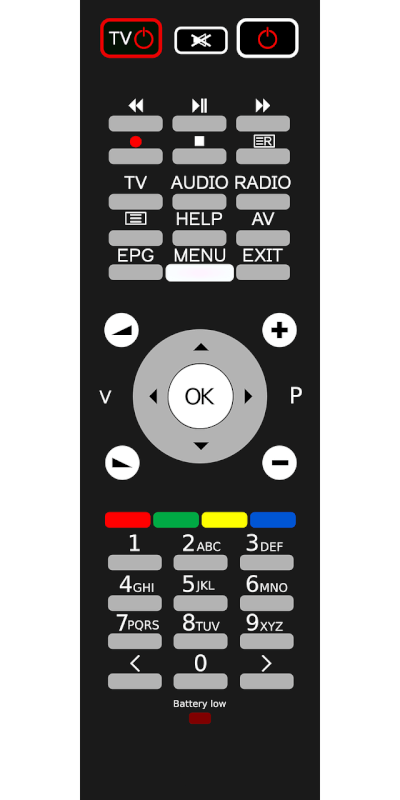
Learning Basic Flight Maneuvers
Lift-off and Hovering
Learning to perform a smooth lift-off and maintain a stable hover is an essential skill for any RC heli pilot. Start by slowly increasing the throttle to lift the heli off the ground, making sure to maintain control of the cyclic and collective pitch.
Practice hovering the heli in one spot, making small adjustments to maintain stability. Focus on keeping the heli level and minimizing any drift or wobble. This maneuver may take some time to master, but with practice, you’ll be able to maintain a steady hover for extended periods.
Forward Flight and Reverse Flight
Once you have mastered hovering, it’s time to move on to forward flight and reverse flight. These maneuvers involve controlling the cyclic to move the heli in different directions.
To perform a forward flight, slowly increase the collective pitch to gain altitude, then gently push the cyclic stick forward to move the heli forward. Practice maintaining a steady speed and controlling the heli’s altitude during forward flight.
To perform reverse flight, pull the cyclic stick backward while maintaining control of the heli’s altitude. This will cause the heli to fly backward. Practice maintaining a steady speed and controlling the heli’s altitude during reverse flight.
Turning and Pivoting
Turning and pivoting are important maneuvers that allow you to change the heli’s direction in flight. To perform a turn, use the cyclic to roll the heli in the desired direction while maintaining control of the throttle and collective pitch.
For a pivot turn, keep the heli in a stationary hover and use the rudder to rotate it around its vertical axis. This maneuver is particularly useful when flying in confined spaces or when precise changes in direction are required.
Practice both turning and pivoting maneuvers to become comfortable with controlling the heli’s movement and changing its direction as needed.
Climbing and Descending
Climbing and descending are fundamental maneuvers that allow you to change the heli’s altitude during flight. To climb, increase the collective pitch to increase the lift generated by the rotor blades. This will cause the heli to ascend.
To descend, decrease the collective pitch to decrease the lift generated by the rotor blades. This will cause the heli to descend. Practice controlling the heli’s altitude during climbing and descending maneuvers, making smooth and steady adjustments to maintain control.
Introduction to Autorotation
Autorotation is a technique used by RC heli pilots to safely land the heli in the event of a power failure. It involves using the heli’s stored kinetic energy to generate rotor lift and slow down the descent.
To perform an autorotation, reduce the throttle to idle and maintain control of the heli’s pitch and roll. Allow the heli to descend slowly while making small adjustments to ensure a smooth and controlled landing. Practice autorotations in a safe and open area to develop the necessary skills for emergency landings.
Building Your Skills with Advanced Maneuvers
Figure 8s and Circles
Once you have mastered the basic flight maneuvers, it’s time to move on to more advanced aerial tricks. Figure 8s and circles are great introductory maneuvers that allow you to explore different flight patterns and improve your control skills.
To perform a figure 8, start by flying forward in a straight line, then smoothly turn the heli to one side to create the first loop of the figure 8. Once the heli completes the first loop, smoothly transition into the second loop by making the opposite turn.
For circles, slowly increase the throttle and make a smooth turn to create a circular flight path. Practice maintaining a consistent radius and keeping the heli level throughout the maneuver.
Banked Turns and Loops
Banked turns and loops add a dynamic and acrobatic element to your flying. To perform a banked turn, start by flying straight and smoothly roll the heli to one side while maintaining control of the altitude and speed. Practice making smooth and controlled turns with varying degrees of bank.
For loops, gain altitude by increasing the collective pitch and smoothly pull back on the cyclic to initiate the upward climb. As the heli reaches the top of the loop, release the cyclic and allow the heli to complete the loop on its own. Practice achieving consistent and symmetrical loops.
Stall-Turns and Half-Piroflips
Stall-turns and half-piroflips are advanced maneuvers that require precise control and timing. To perform a stall-turn, fly straight and smoothly reduce the throttle to idle. Pull back on the cyclic to increase the pitch and quickly apply opposite rudder to rotate the heli 180 degrees. Use the cyclic and rudder to level the heli and smoothly increase the throttle to continue flying. Practice executing stall-turns with smooth and coordinated inputs.
For half-piroflips, perform a stall-turn and continue applying forward cyclic until the heli completes a full flip. As the heli reaches the top of the flip, reduce the throttle and apply opposite rudder to stop the rotation. Smoothly increase the throttle and level the heli to continue flying. Practice half-piroflips with precise timing and control.
Sideways and Inverted Flight
Sideways flight and inverted flight add a new dimension to your flying skills. To perform sideways flight, make a smooth turn and use the cyclic to maintain a sideways orientation while moving in a straight line. Practice maintaining control of the heli’s altitude and speed during sideways flight.
To perform inverted flight, gain altitude and smoothly roll the heli upside down. Use precise control inputs to maintain control of the heli while inverted. Practice maintaining stable and controlled flight while inverted before attempting more advanced maneuvers.
Mastering 3D Stunts
Mastering 3D stunts is the pinnacle of RC heli piloting. These advanced aerobatic maneuvers require a high level of skill, precision, and understanding of the heli’s capabilities.
Examples of 3D stunts include tic-tocs, piro flips, hurricanes, and chaos. Each stunt requires a combination of cyclic, collective pitch, and rudder inputs to execute.
It’s important to approach 3D stunts gradually and practice them in a safe and open area. Seek guidance from experienced pilots or join an RC heli club to learn advanced techniques and gain valuable tips.
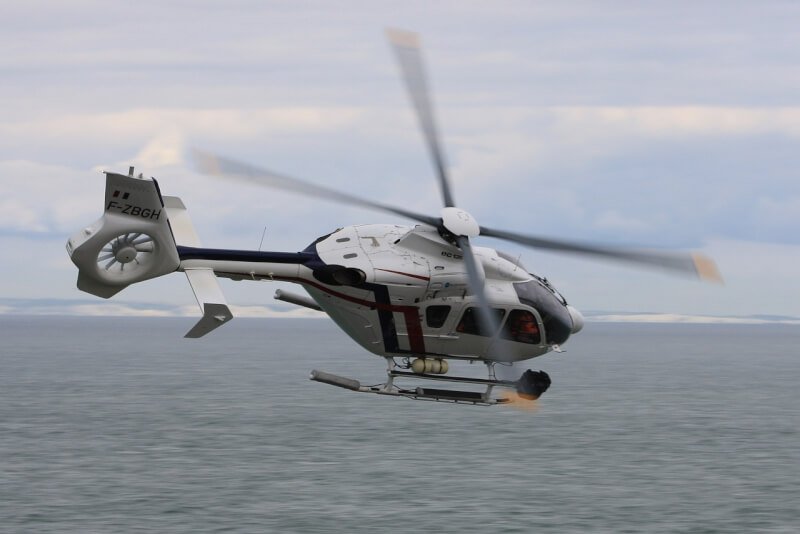
Safety Tips and Best Practices
Choosing an Appropriate Flying Area
Selecting an appropriate flying area is essential for safe and enjoyable RC heli flights. Choose an open area away from people, buildings, and obstacles. Avoid flying near airports or restricted airspace.
Look for areas with minimal wind and adequate space for maneuvering your heli. It’s also important to check local regulations and guidelines regarding RC heli flying in your area.
Maintaining Safe Distances
Always maintain a safe distance between your RC heli and people, animals, and objects. Keep in mind that accidents can happen, and it’s important to minimize the risk of injury or damage.
Avoid flying over or near crowds, and never attempt to fly your heli towards people or animals. It’s also a good practice to maintain a safe distance from other RC heli pilots to prevent mid-air collisions.
Avoiding Flying Near People or Obstacles
To ensure the safety of yourself and others, it’s crucial to avoid flying near people or obstacles. This includes staying away from busy parks, playgrounds, and public areas where people may be present.
Flying in open spaces away from buildings, trees, and power lines minimizes the risk of accidents and damage to your heli. Be mindful of your surroundings and always prioritize safety.
Using a Spotter for Extra Safety
Having a spotter nearby can significantly enhance safety during RC heli flights. A spotter can help you keep track of your heli’s position, provide guidance, and alert you of any potential hazards or issues.
Choose a spotter who is familiar with RC heli flight and can effectively communicate with you. Regular communication and coordination between the pilot and spotter are essential for a safe and enjoyable flying experience.
Understanding Emergency Procedures
In case of emergencies or unexpected situations, it’s crucial to be prepared and have a clear understanding of emergency procedures. This includes knowing how to respond to a loss of control, power failure, or other critical situations.
Practice emergency procedures in a controlled environment to develop a quick and effective response. Consider joining an RC heli club or seeking guidance from experienced pilots to learn best practices for emergency situations.
Troubleshooting and Maintenance
Diagnosing Common Issues
While RC helis are generally reliable, they can occasionally encounter issues that affect their performance. By familiarizing yourself with common problems, you can quickly diagnose and resolve issues, keeping your heli in top shape.
Common issues include vibrations, drifting, loss of control, and power inconsistencies. Consult the manufacturer’s troubleshooting guide and seek advice from experienced pilots if you encounter any difficulties. Regular maintenance and periodic inspections can also help identify potential problems before they worsen.
Performing Basic Maintenance
Regular maintenance is essential for keeping your RC heli in optimal condition and ensuring safe and reliable flights. Perform basic maintenance tasks such as cleaning the heli, checking and tightening fasteners, and inspecting the rotor blades for damage.
Keep an eye on the heli’s overall condition, including the frame, servos, and motor. Grease any applicable areas, and replace worn-out parts as needed. Regularly inspect and clean the bearings, as they can accumulate dirt and affect the heli’s performance.
Replacing Damaged Parts
Accidents happen, and it’s important to replace damaged parts promptly to maintain the integrity and safety of your RC heli. Identify any damaged or broken parts and order suitable replacements. Refer to the manufacturer’s instructions or consult experienced pilots if you need assistance with the replacement process.
It’s also a good practice to keep spare parts on hand to quickly address any unexpected issues that may arise during flight. Regularly inspect your heli after each flight to identify any potential damage or wear and take action accordingly.
Understanding Firmware Updates
Many modern RC helis come with firmware that can be updated to improve performance and add new features. Firmware updates may address bugs, enhance stability, or introduce new flight modes or programmable options.
Stay informed about any firmware updates released by the manufacturer and follow the provided instructions to update your heli’s firmware. This ensures that you benefit from the latest advancements and improvements in software.
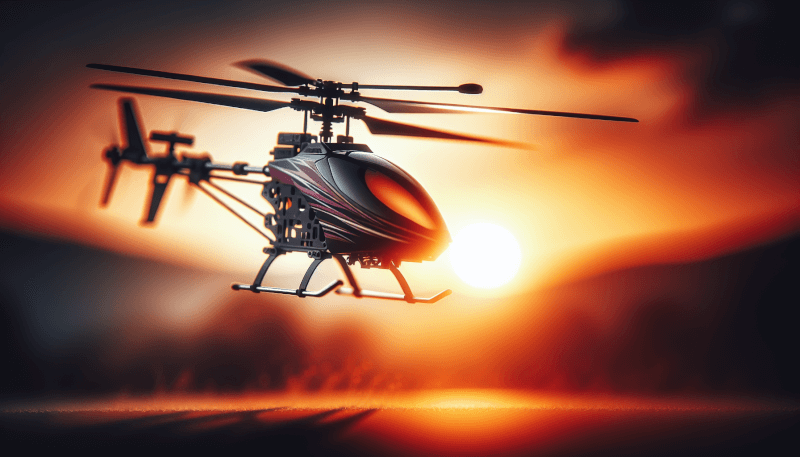
Tips for Improving Flight Skills
Practicing Regularly and Setting Goals
Consistent practice is key to improving your RC heli flight skills. Set aside dedicated time for practicing and establish specific goals for each session. Whether it’s perfecting a specific maneuver or increasing overall flight duration, having goals helps you track progress and focus your efforts.
Combine practice sessions for different flight maneuvers, from basic to advanced, to ensure a well-rounded skill set. Regular practice builds muscle memory and improves your ability to handle your RC heli in various situations.
Learning from Experienced Pilots
Learning from experienced pilots is an invaluable resource for improving your RC heli flight skills. Seek out opportunities to fly with and learn from pilots who have mastered different flight techniques and maneuvers.
Joining an RC heli club or attending events and gatherings can provide access to knowledgeable pilots who are willing to share their experiences and offer guidance. Be open to feedback and advice, and take advantage of the wealth of knowledge that experienced pilots can offer.
Participating in RC Heli Clubs and Events
Being part of an RC heli club or community offers numerous benefits for RC heli enthusiasts. Clubs provide opportunities to connect with other pilots, share experiences, and learn from one another. Organized events and competitions allow you to showcase your skills and gain valuable insights from fellow pilots.
Joining a club also provides access to shared resources, such as flying fields, tools, and knowledge. Participating in club activities fosters a sense of camaraderie and enriches your overall RC heli experience.
Using Flight Simulators for Practice
Flight simulators are valuable tools for honing your RC heli flying skills without risking damage to your actual heli. Simulators recreate the flying experience in a virtual environment, allowing you to practice various maneuvers, experiment with different flight scenarios, and develop muscle memory.
Invest in a quality RC heli flight simulator that offers realistic physics and accurate flight models. Practice regularly with the simulator to sharpen your reflexes, fine-tune your control inputs, and experiment with advanced maneuvers in a risk-free environment.
Upgrading Your RC Heli
Upgrading Transmitter and Receiver
Upgrading your RC heli’s transmitter and receiver can greatly enhance its performance and expand its capabilities. Consider investing in a higher-quality transmitter and receiver with advanced features like increased range, programmable options, and improved signal reliability.
A more capable transmitter allows for greater control precision and smoother operation, while an upgraded receiver provides better signal reception and minimized interference. Research recommended transmitter and receiver options based on your flying goals and the specific requirements of your RC heli.
Enhancing the Helicopter’s Power System
Enhancing your RC heli’s power system can unlock greater flight performance and maneuverability. Upgrading to more powerful motors, high-capacity batteries, or more efficient ESCs (Electronic Speed Controllers) can improve the heli’s response, increase its flight time, and handle the demands of advanced maneuvers.
Research power system upgrades that are compatible with your heli’s frame and specifications. Consult experienced pilots or the manufacturer for recommendations, and ensure that any modifications are properly installed and balanced to maintain the heli’s stability and reliability.
Installing Advanced Flight Controllers
Advanced flight controllers offer advanced stabilization and control features that can enhance the overall flight experience of your RC heli. These controllers utilize advanced algorithms and sensors to provide precise and stable flight characteristics.
Consider upgrading to a flight controller with features such as auto-leveling, GPS positioning, and advanced stabilization modes. These features can simplify flying for beginners and provide advanced pilots with greater control and maneuvering options.
Adding FPV (First Person View) Capability
Adding FPV capability to your RC heli allows you to experience the thrill of flying from the pilot’s perspective. FPV systems consist of a camera mounted on the heli, a transmitter, and a ground-based receiver and display.
Investing in an FPV system offers a unique and immersive flying experience, allowing you to see and navigate your surroundings in real-time. Ensure that any FPV system you choose complies with local regulations and guidelines regarding FPV flying.
In conclusion, flying an RC heli like a pro requires a combination of knowledge, practice, and dedication. By understanding the different types of helis, mastering the controls, performing pre-flight checks, learning basic and advanced maneuvers, and following safety guidelines, you can become a skilled RC heli pilot.
Remember to consistently practice, set goals, and seek guidance from experienced pilots to continuously improve your skills. With perseverance and a passion for flying, you can take your RC heli adventures to new heights and enjoy the thrill of piloting these incredible machines.
